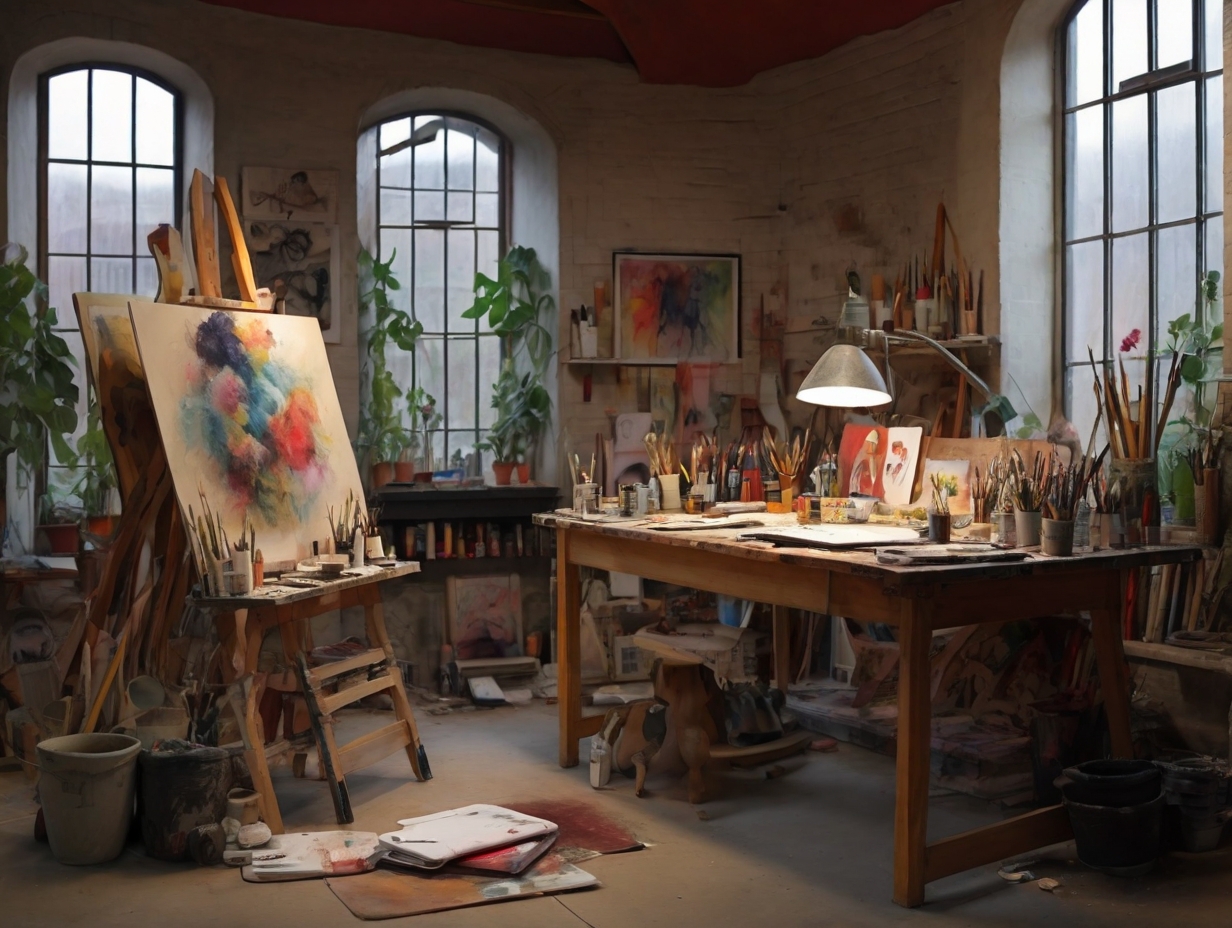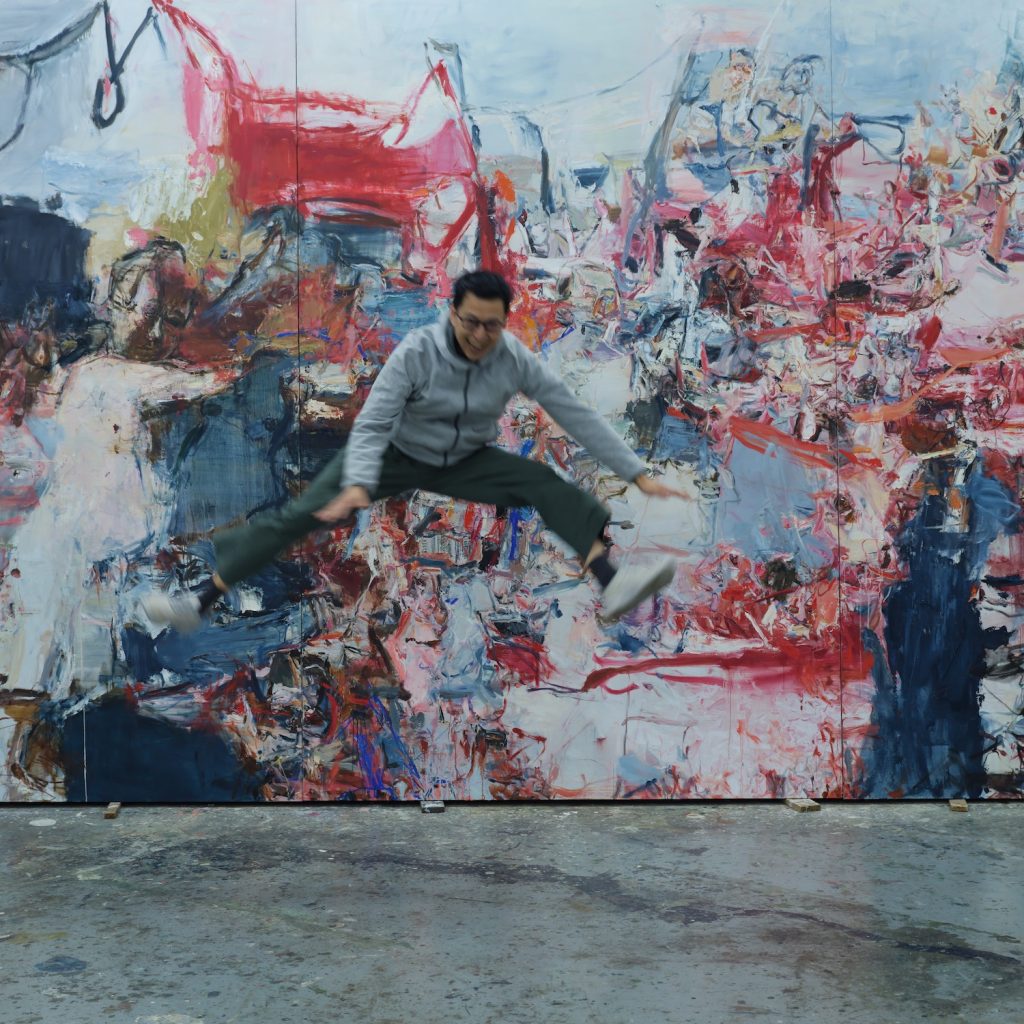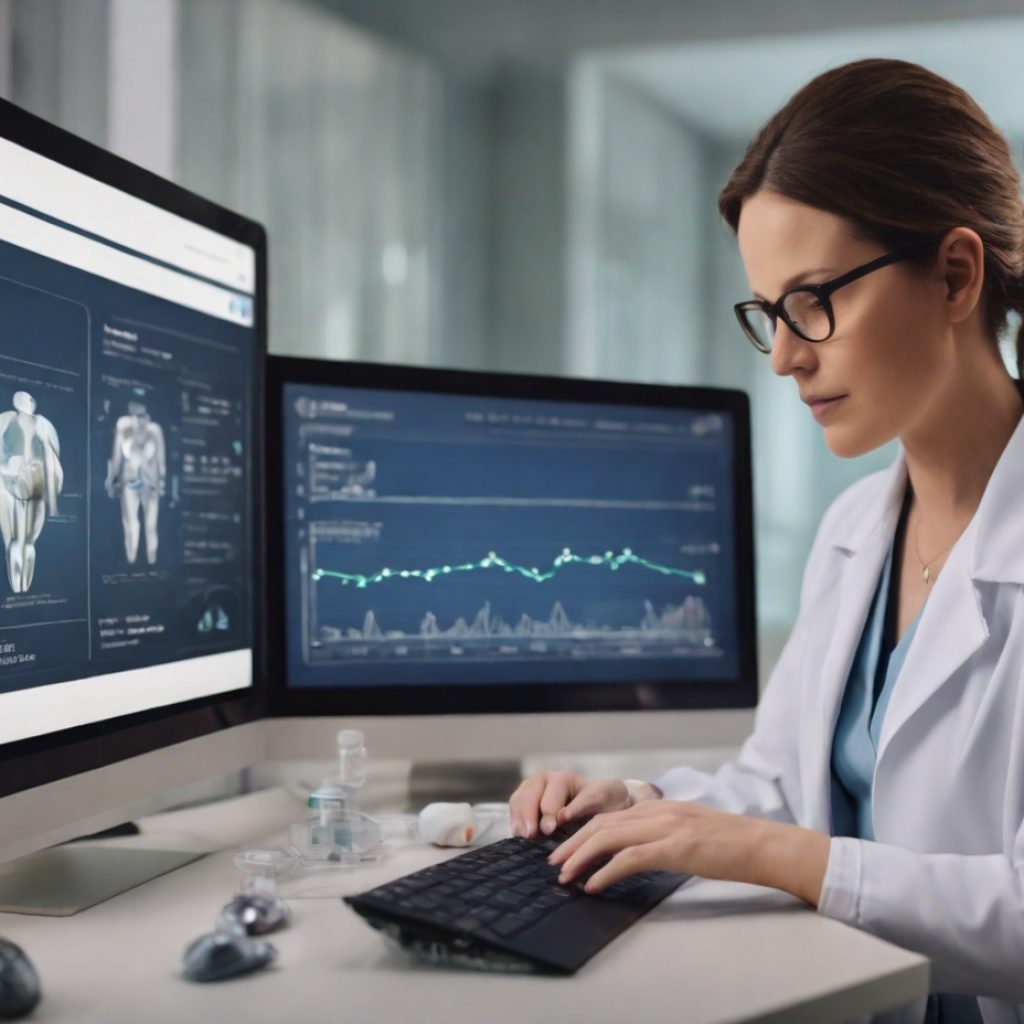In the era of rapidly advancing artificial intelligence (AI) technology, concerns over copyright infringement and intellectual property rights have intensified, particularly within the artistic community. As AI algorithms become increasingly proficient at generating images from text prompts, artists risk having their work exploited or misrepresented. However, a recent development in AI cloaking tools provides a glimmer of hope for artists seeking to protect their creations.
The Rise of AI-generated images and copyright ambiguity
Generative AI tools have enabled the instantaneous creation of images based on textual descriptions, posing a significant challenge to professional artists. These tools, trained on real artworks, can potentially infringe upon artists’ styles and undermine their ability to secure paid commissions. Moreover, the legal landscape surrounding copyright protection in the context of AI remains uncertain, with ongoing lawsuits and debates over fair use and intellectual property rights.
In response to the growing threat posed by AI-generated images, a team of computer scientists from the University of Chicago has developed two innovative tools: Glaze and Nightshade. These programs apply algorithmic filters to digital images, subtly altering pixels that confound machine-learning models while remaining invisible to the human eye.
Both Glaze and Nightshade operate by modifying images to exploit the perceptual vulnerabilities of AI models. These tools disrupt the associations between visual features and textual descriptions by strategically manipulating pixels, effectively cloaking the original artworks from AI algorithms. Glaze focuses on misleading AI models about the artistic style of an image, while Nightshade goes a step further by distorting fundamental concepts and images within the artwork.
Impact and limitations of AI cloaking tools
While Glaze and Nightshade offer a reprieve for artists concerned about copyright infringement, they are not foolproof solutions. Artists face challenges in applying these filters to their work, and the effectiveness of the tools may diminish as AI technology evolves. Additionally, the need for such defensive measures underscores the inadequacy of existing copyright laws in addressing the complexities of AI-generated content.
The conversation around copyright protection in the digital age must evolve as the cat-and-mouse game between AI developers and artists continues. While Glaze and Nightshade provide a degree of protection for artists, they are not substitutes for comprehensive legal frameworks that address the unique challenges AI-generated content poses. Policymakers must collaborate with stakeholders to establish clear guidelines and regulations safeguarding artists’ rights in an increasingly AI-driven world.





